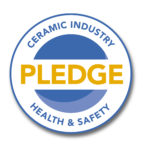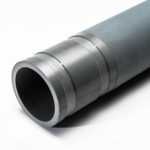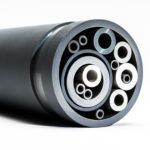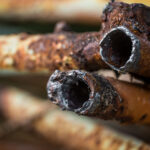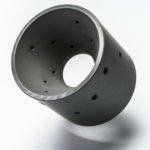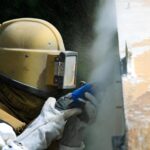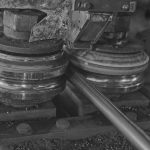International Syalons are delighted to receive two awards at the British Ceramic Confederation health and safety Pledge conference and awards event in Stoke-on-Trent on 12th October 2022.
Corrosion Resistant Ceramics Case Studies
Corrosion-resistant ceramics are often mandatory in harsh environments, namely in the oil and gas industries. This is because ceramics provide high levels of corrosion and thermal resistance and have outstanding wear, and these fundamental properties make them more suitable than traditional metal components.Continue reading
Are Ceramics Corrosion Resistant?
Ceramics are the preferred materials for use in harsh environments because they are highly resistant to corrosion and wear. Aside from being corrosion and wear-resistant, advanced ceramics can also withstand high temperatures, pressures and other extreme conditions. Throughout this blog post, we will look at how corrosion-resistant ceramics are used in the oil and gas industries and what benefits this provides.Continue reading
9 Different Types of Corrosion Affecting Materials
Corrosion is the process by which a material deteriorates due to chemical interactions. All materials are subject to corrosive phenomena, but metals are especially prone to corrosion as surface atoms readily oxidise in specific conditions. There are steels designed to utilise oxidation for corrosion resistance (i.e. weathering steel) and other grades with regenerative patinas engineered to reduce surface corrosion (i.e. stainless steel). But few engineering-grade steels can match advanced, corrosion-resistant ceramics in terms of chemical stability. Continue reading
Wear in Industry: Advanced Ceramic Case Studies
Update: Originally posted in 2022, this blog was updated with new context on 27/03/2024.
Careful material selection is essential in sectors using heavy machinery or extreme processing temperatures. Advanced ceramic materials are instrumental in mitigating or diminishing wear in industrial environments. This blog will discuss a broad spectrum of wear mechanisms, highlighting how advanced ceramics outperform traditional ceramics in combating wear. Specific attention will be paid to the role of advanced ceramic materials in resisting abrasive wear, where hard particles remove material from the surface, and adhesive wear, characterized by strong adhesive forces between sliding surfaces. Additionally, we will address how these materials withstand corrosive wear, which involves chemical or electrochemical reactions at the surface.
Continue reading
Advanced Ceramics and Wear Prevention
Industrial processes are dictated by different, often conflicting, needs. Maximising throughput demands minimal downtime. But eliminating downtime is impossible when tools require maintenance to function at optimal levels. However, optimal functionality underlies desired yields and, of course, throughput. There is a cyclical nature to the demands of high-performance industrial components, but there is also a very clear throughline: maximising durability is critical to true quality assurance and profitability. Hence wear prevention is a critical factor impacting a wide range of end-to-end performance parameters.
Continue readingUnderstanding Wear and Recognising Different Wear Modes
Update: Originally posted in 2022, this blog was updated with new context on 27/02/2024.
Wear and tear are familiar concepts. But the mechanisms of action underlying these phenomena can be surprisingly complex. Wear is defined as the loss of material from a solid’s surface due to mechanical action exerted by some other solid. It is such a universal process that only organic materials are immune since they can self-replicate and essentially restore surface fatigue. Therefore, every branch of materials science must contend with one or more different wear mechanisms.
Continue readingSyalons at Ceramics UK 2022
Visit International Syalons at Ceramics UK, 29th/30th June 2022, NEC, Birmingham, UK. Booth: 18-532
British Ceramics Towards Net Zero
International Syalons are proud to announce their commitment towards net-zero carbon emissions by 2050 through membership of the BCC lead “British Ceramics: Towards Net Zero” sector initiative.
BCC – Pledge Conference and Awards 2021
International Syalons are delighted to receive two prizes at the British Ceramic Confederation health and safety Pledge conference and awards event in Stoke-on-Trent on 14th October 2021.

